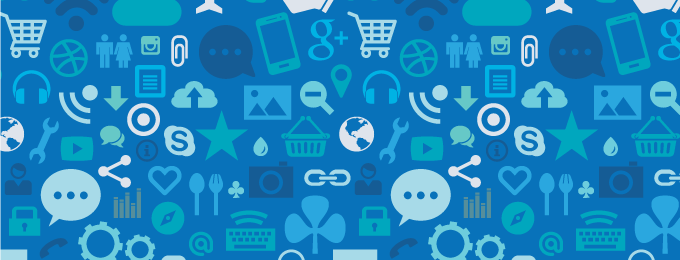First Mass Uses of IoT in Latin America
30/05/2016

Inés Robles is an information systems engineer by UTN-FRM currently working at Ericsson Finland. She participated in the LACNIC meeting held in Cuba, where she was interviewed by LACNIC News.
According to Robles, agriculture, industry and traffic control will be the first sectors to massively use the Internet of Things (IoT) in Latin America and the Caribbean. The expert believes that the development of agriculture in Latin America will lead this sector to become one of the first to make massive use of Internet-enabled devices to collect information on the status of crops, environmental variables and other data. “For example, low-cost battery-powered devices can be deployed on site to monitor environmental variables such as vegetation, temperature, humidity, etc. and send the information to a central device connected to the Internet so that it can be processed at a single location. In this type of installation, one of the goals of the IoT is for low-cost devices to last several years without the need to replace the batteries,” noted Robles.
In the researcher’s opinion, industrial monitoring to reduce energy consumption or increase processing efficiency in the region is another area where the Internet of Things will be used.
Robles also included traffic control on the list of early uses of the IoT in Latin America. By way of an example, she mentioned Smart City applications that are already being used in different cities of the LAC region.
Likewise, Robles predicted that smartphones will become the main user interface for the IoT. “For example, it will be very easy to monitor things using our smartphones, which will allow us to open the garage door or send a signal to turn on the lights as we’re coming home.”
Robles defined the Internet of Things as “a term used to identify a network where devices are connected to each other, any devices or objects that can be connected to the Internet or accessed via the Internet, with or without human intervention.”
Looking forward, she stressed that the technical interoperability of IoT devices should be ensured and that guaranteeing privacy should be the top priority.
“Privacy is very important, as people send sensitive personal data over the Internet which should not be accessible to unauthorized third parties. For example, if a refrigerator sends a signal over the Internet notifying that it is out of beef, someone intercepting this message might use this information to infer that the owner of the refrigerator is on vacation or how much beef is consumed in the household.” This is why guaranteeing privacy is essential when implementing these technologies. The expert added that this implies that both the protocols and the products must provide users with the guarantees needed for them to feel safe when using this technology.